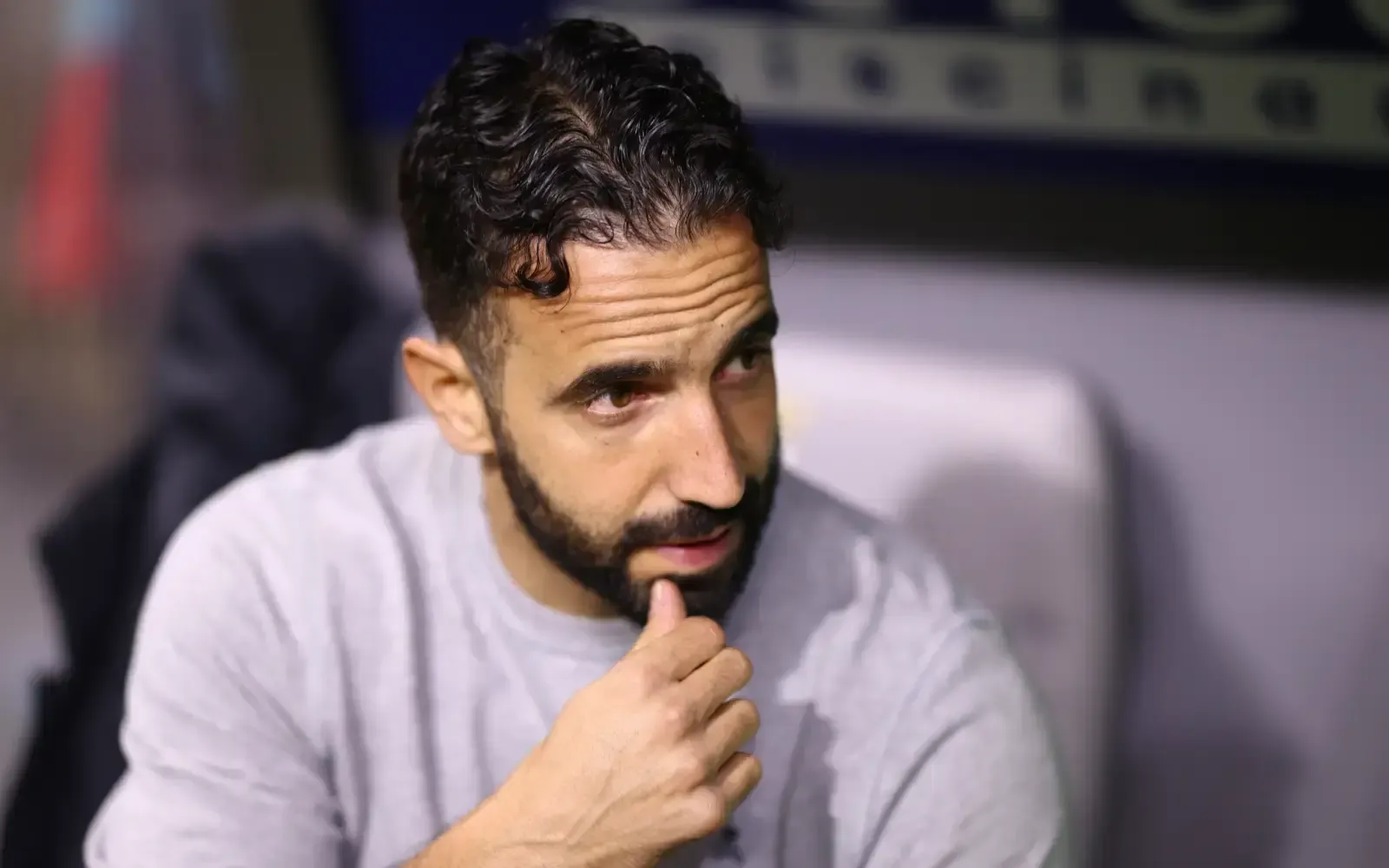Tactics Corner
Here Man United Daily will do deep dives into Manchester United's tactics as they approach games and look back at how their formations worked in previous matches.
This is also a chance to look wider at trending tactics more widely in the game which are bringing success or have done so in the past. Feel free to contribute by getting in touch with your own ideas and if you would like a discussion. Maybe you are a fan Rinus Michel's Ajax, Arrigo Sacchi's Milan or want to say how Fergie's approach could help Man Utd now.
We are lucky to have resident tactics maestro Tim Hanlon, a qualified sporting director with the Spanish football federation, to offer his thoughts and views.
Ruben Amorim has implemented a modern, flexible tactical approach at Manchester United, drawing on his successes at Sporting CP but adapting to the Premier League’s demands and United’s squad. Here’s a breakdown of his tactical principles and how they play out on the pitch.
Amorim’s primary formation is a 3-4-3 or a variant like 3-4-2-1, which can morph into a 1-4-2-3-1 during build-up phases.
He adapts the system based on the opponent’s setup. For example, if facing a back four, he might use wing-backs more aggressively; if the opponent defends with five, he adjusts to find space elsewhere.
United often build from the back, with the goalkeeper (Onana) pushing up between the centre-backs to create a numerical advantage and stretch the opposition press. The central centre-back may step into midfield, while wing-backs push up wide.
Amorim’s teams look to find an attacking midfielder in the space between the opposition’s lines, who can quickly bounce the ball to a holding midfielder to progress forward. If pressed man-to-man, United may go direct, seeking 1v1s for attackers like Højlund.
In essence, Amorim’s United are defined by tactical flexibility, aggressive pressing, rapid transitions, and a willingness to adapt in-game-all underpinned by a clear identity and modern use of wing-backs and midfield overloads.

Gyokeres profile: How the Sporting hotshot with 54 goals this season would fit in at Man Utd
Jun 06, 10:37
6
Viktor Gyökeres has emerged as a top target for Manchester United, a move that would reunite him with his former Sporting CP manager, Ruben Amorim, now at the helm at Old Trafford. His remarkable goa...

Man Utd tactics analysis: How new signings will fit into Amorim's team
Jun 04, 10:43
4
Manchester United’s rebuild is gathering momentum after last season’s disappointing 15th-place finish. With Matheus Cunha’s arrival from Wolves confirmed and Bryan Mbeumo pushing for a move from Bren...

Amorim's plan to beat Spurs in Europa League final - Tim Hanlon
May 18, 12:31
5
Rúben Amorim will step into his first European final as Manchester United manager on May 21 with a clear philosophy — and he’s unlikely to compromise it against Tottenham Hotspur. Amorim’s 3-4-3 syste...
Popular News
Loading